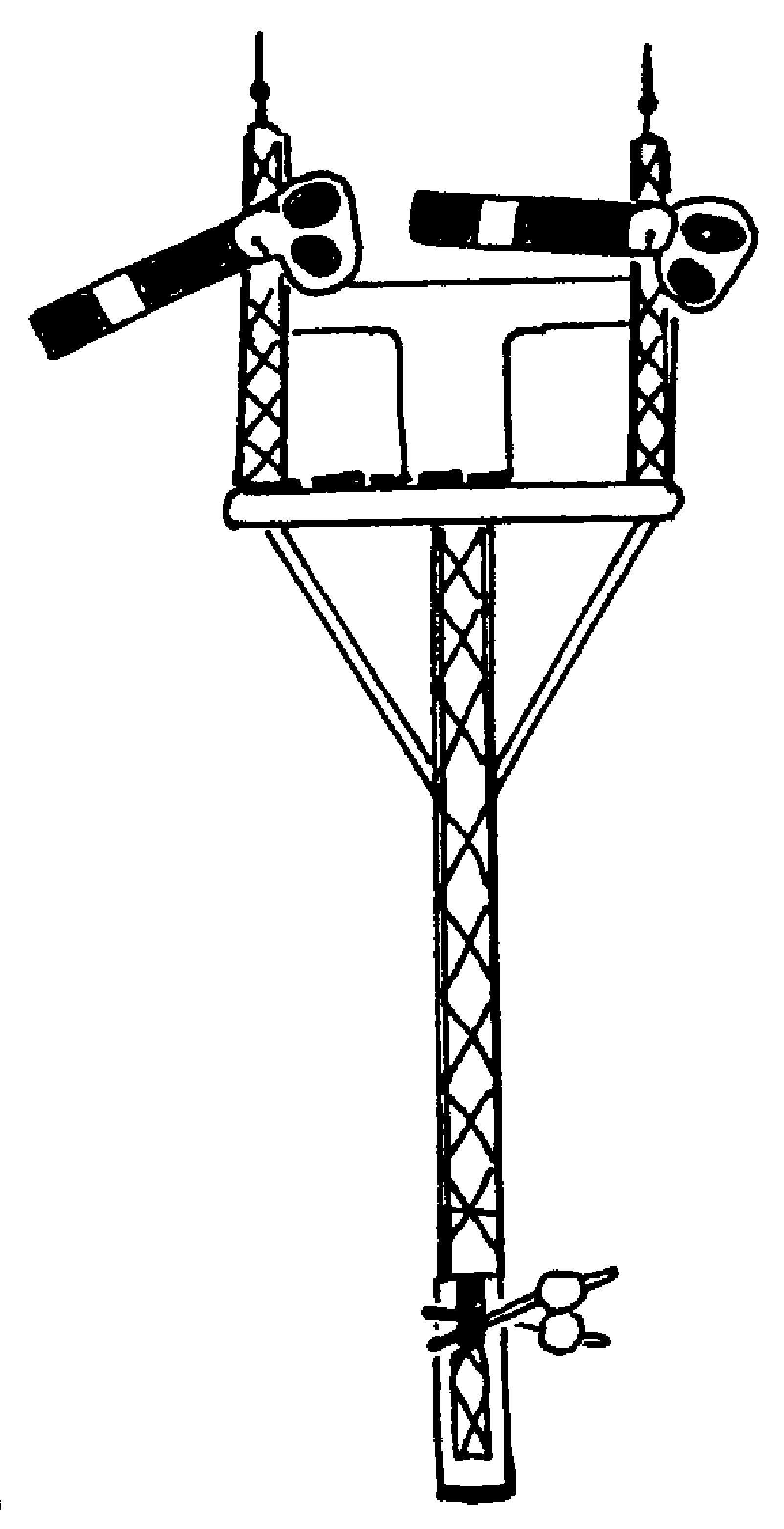Signalling Record Society
 Wrawby Junction
Wrawby Junction
At the time this video was recorded in August 2014, Wrawby Junction was the third largest mechanical lever frame remaining in use on Network Rail. The box was opened 7 May 1916 replacing an earlier box that had been in situ by 1880. It is classified by the Society as Great Central Type 5*. The frame is a 132 lever Great Central tappet locked type which had been extended to 137 levers in the latter half of the 1930s*.
The geographic location of the signal box can be seen on a current OS Map. The map will place this location at the centre of the map panel, roll the mouse over the icon(s) to reveal what they represent. Increase the scale using the scale selector on the left to separate closely positioned icons.
Wrawby Junction in 2014 was a busy location for freight traffic with more freight than passenger trains passing by each day. Indeed, there were more freight trains passing by each day than passed any other location on the national railway network.
Video Credits
| Filmed by: | Richard Pulleyn & Dafydd Whyles |
| Filmed in: | August 2014 |
| Narrator: | Richard Pulleyn |
| Signaller: | Nick Jevic |
| Mobile Operations Manager: | John Stocks |
| Video Editor: | George Duncan |
Copyright © of the FARSAP videos belongs to the Friends of the National Railway Museum.
The material may be freely used except for sale or advertising purposes.
Key Chronology
| 1848 | Brigg - Wrawby - Grimsby opened by Manchester, Sheffield & Lincolnshire Railway. |
| 1848 | Market Rasen Branch (line to Lincoln) opened by Manchester, Sheffield & Lincolnshire Railway. |
| 1866 | Keadby - Scunthorpe (Frodingham) - Wrawby opened by Trent, Ancholme & Grimsby Railway. |
| 1882 | Trent, Ancholme & Grimsby Railway acquired by Manchester, Sheffield & Lincolnshire Railway. |
| 1897 | Manchester, Sheffield & Lincolnshire Railway renamed Great Central Railway. |
| 1913 | Immingham Docks opened resulting in much increased traffic levels. |
| 1923 | Great Central Railway becomes part of the London & North Eastern Railway. |
* An explanation of these classifications will be found in "The Signal Box" and in volume 3 (Eastern) of the Society's Signal Box Register series.
Can you help?
The project would love to hear from you, especially if you worked or still work in a signal box, and you are willing to provide reminiscences and / or pictures. Please contact the webmaster in the first instance.
LineCode MR871
